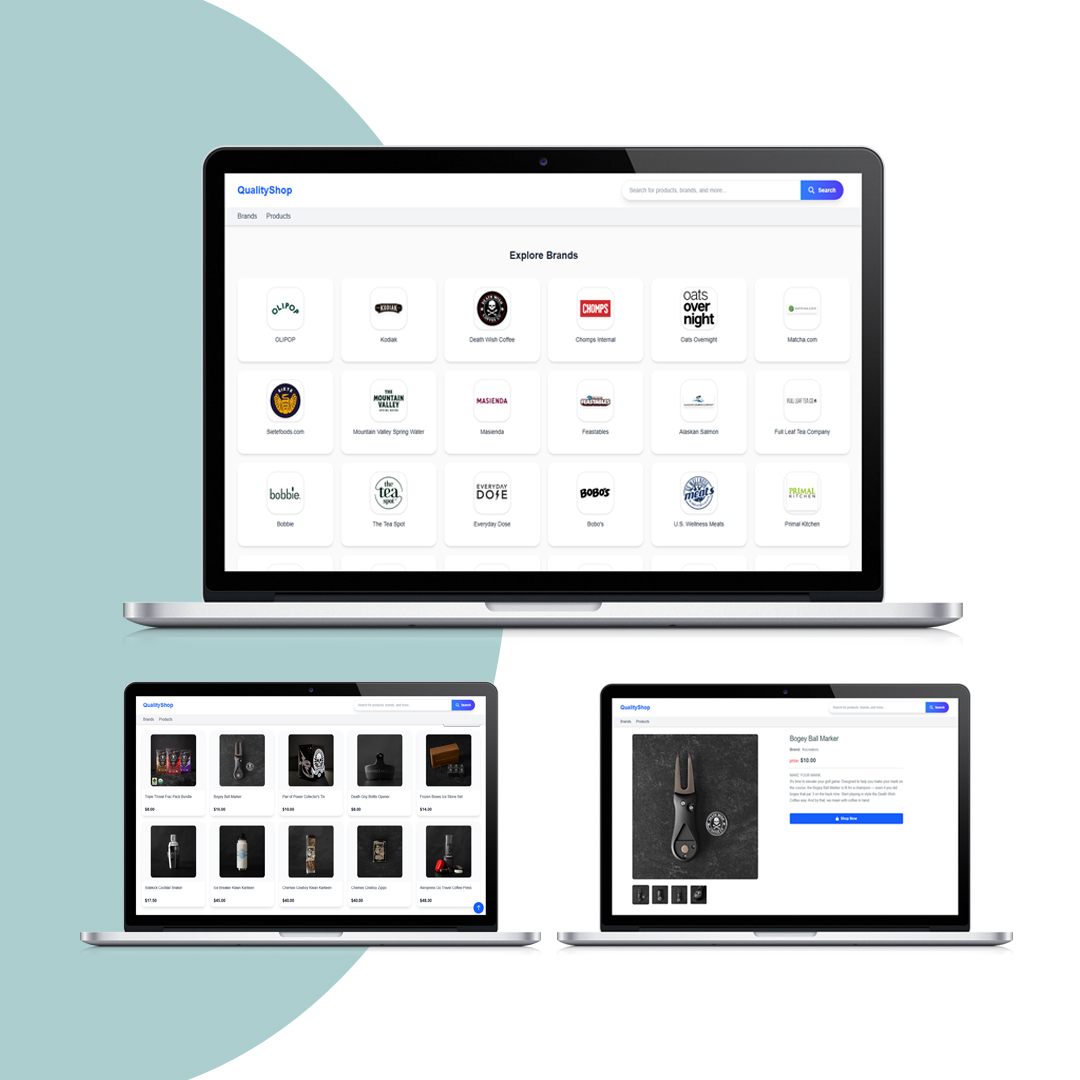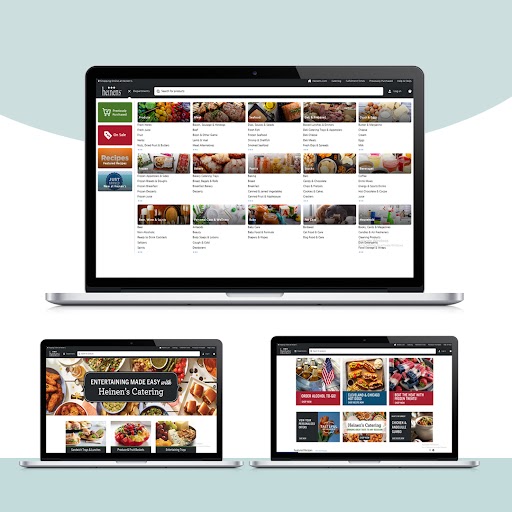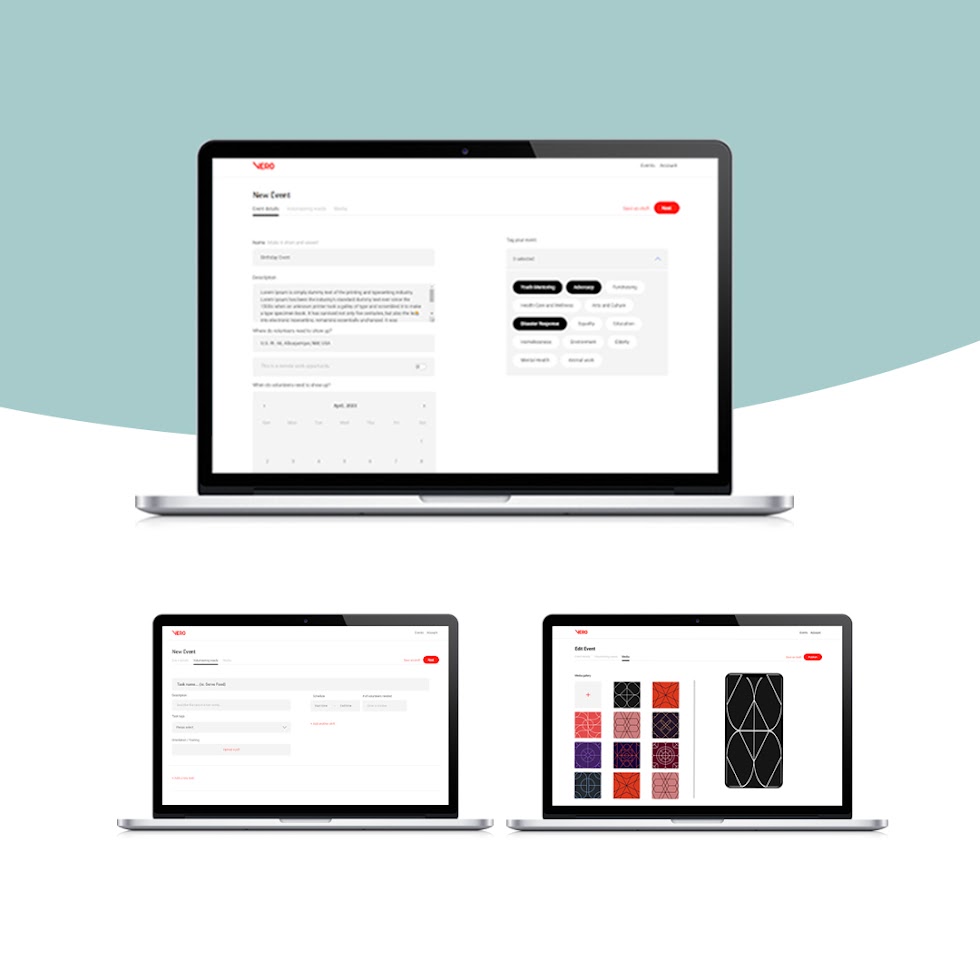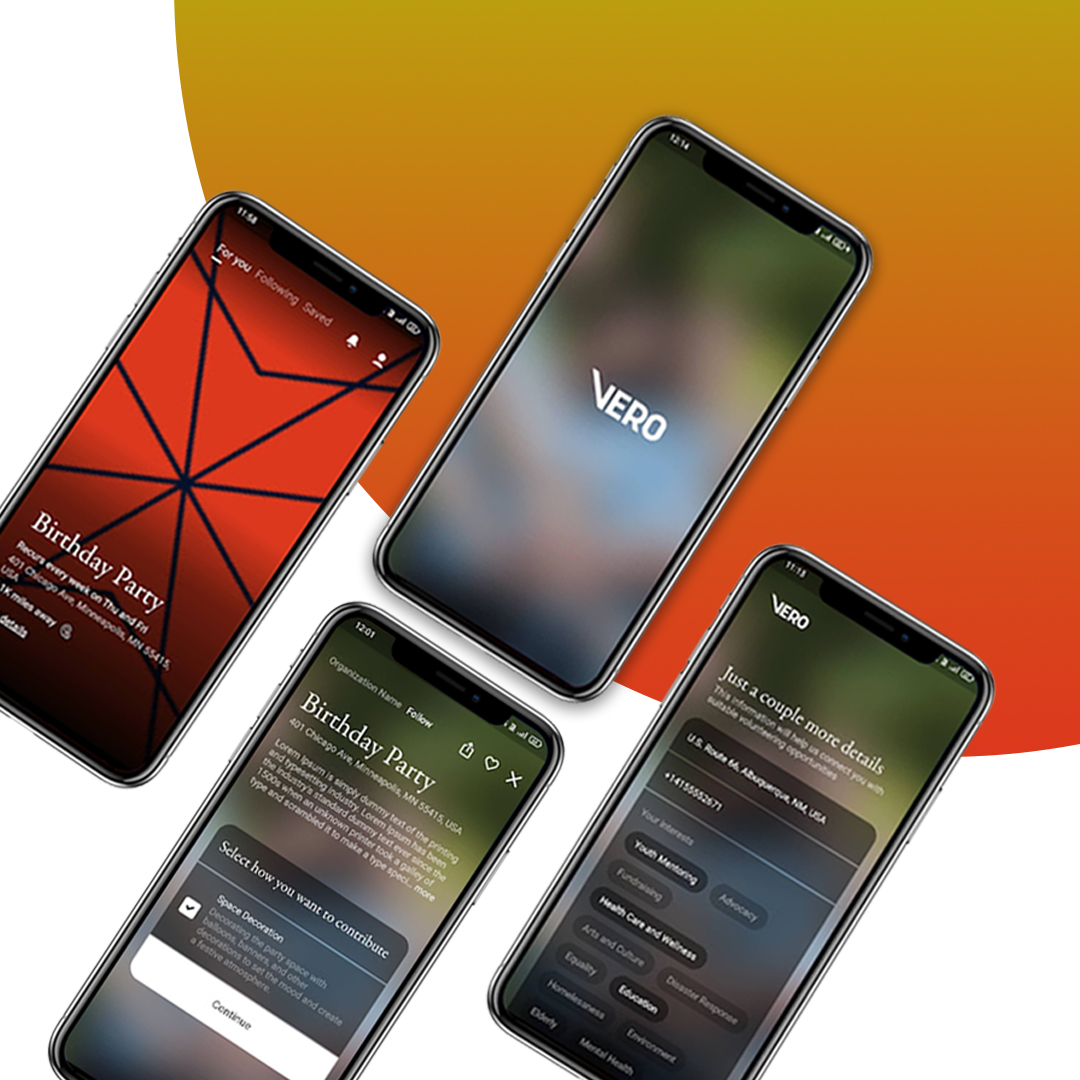
Our Clientele
Meet Our Talented Developers

Muhammad Zaeem
Technical Lead
.NET CoreWeb Forms / MVCC#XamarinReact NativeMAUIFlutterAzureiOS & Android

Muhammad Ans
Full Stack Developer
.NET CoreAngularPythonDevOpsAWSAzureDockerKubernetesCI/CDMicroservices

Muzamil Niaz
Frontend Specialist
JavaScript/TypeScriptReact.jsNext.jsTailwindReduxResponsive UISEO Best Practices

Muhammad Sohail
React/Next.js Developer
JavaScript/TypeScriptReactNext.jsNodejsNest.jsExpress.jsMongoDBPostgreSQL

Umer Siddiqui
Mobile Developer
FlutterReact NativeiOS DevelopmentTypeScriptFirebaseREST APIsGraphQL
Discover 50+ Developers
Find the perfect candidate for your project from our curated talent pool.
Our Tech Stack
OpenAI
Hugging Face
TensorFlow
PyTorch
Python
LangChain
FastAPI
NestJS
Node.js
.NET
Docker
AWS
Database
Mobile Apps
Android
Apple
Swift
React
What Our Clients Say About Us
Our success is determined by how satisfied our customers are with our service. These reviews say a lot about the stuff we do.
Why Choose Us
We combine technical expertise with innovative solutions
+0
Experts
+0
Projects
+0
Years
+0
Clients
Let Assemble
YourTeam!
YourTeam!






